Boats… Like cars, I seem to go through a few of them. When I moved back to Washington, I went up to my parents’ place in Olympia and pulled out the 1969 13′ Boston Whaler, the boat I grew up with, and started using it for fishing. After getting water over the sides a few times in rough water, I realized that I needed something bigger. I took out my first ever bank loan and bought a 1989 16′ aluminum Valco Bayrunner, with late model Yamaha engines on it.
For variety of reasons, not the least of which was some stupid decisions on the part of the previous owner, this boat was not destined to last long. It cracked open a few years ago while out at sea, and had to be welded back up. While it was laid up, I bought a 19′ fiberglass Bell Boy with a Chevy/Mercruiser I/O drive. I loved this hull; it handled rough water so well, but I wasn’t too crazy about the I/O setup. My decision about this boat was made for me when I struck a submerged rock near A Jetty and tore the outdrive right off the back of the boat. Sigh…
After many months of not being able to find affordable parts to repair the Bell Boy, I put the Valco back in service and sold the Bell Boy. But last summer the Valco started cracking apart again. Aluminum doesn’t hold up too well when it gets stressed repeatedly, and the numerous rough water trips and bar crossings added up to a lot of stress for this thin-gauged, consumer grade hull, running with its maximum rated horsepower.
After the last trip in from the ocean in 2009, when we could hear things cracking and shifting around under the floor, I made a promise to the boat that I would not take her across the bar again. So I was back in the market for another “new” boat again.
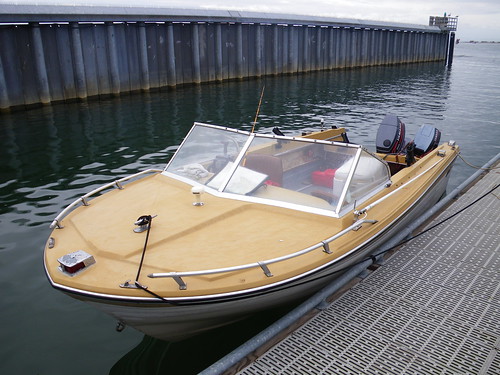
I wanted to be able to do this as cheaply as possible, and I also wanted a hull that could use the Yamaha engines that I already have. I loved the way the old Bell Boy hull had handled rough water, so I started looking around for another one of those. After some searching for a few weeks on Craigslist, I found a 1974 17′ Bell Boy hull, made to take an outboard, on a trailer, for $500, and I drove up to Blaine, WA and hauled it home.
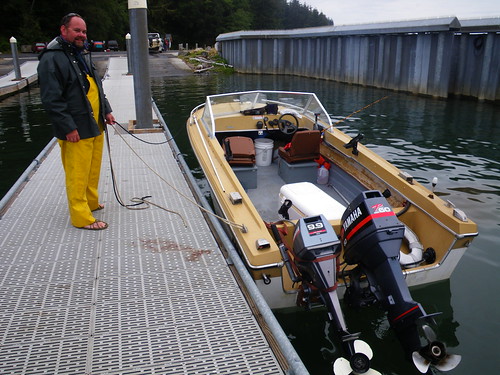
The basic hull was in good shape, but there was a lot of rotten interior and corroded old wiring that needed removing.
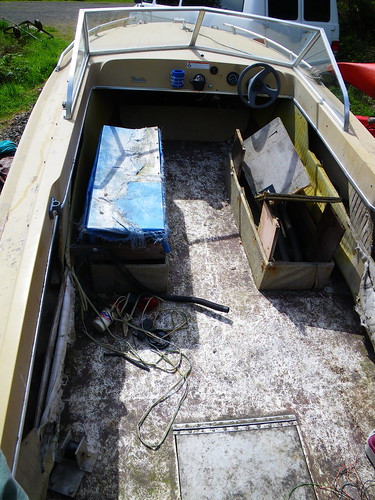
I pulled the rotten plywood seat boxes out and cut out the rotten plywood sideboards off of the inside of the hull, and basically stripped the boat down to a bare hull, windshield and floor.
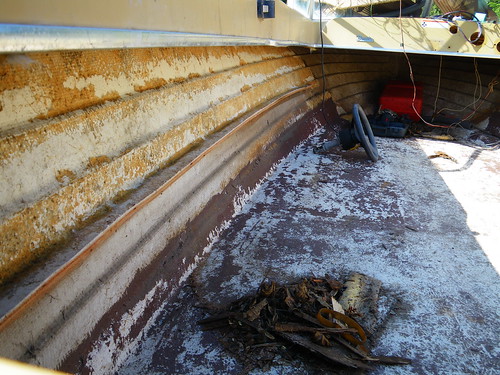
There turned out to be a couple of soft spots in the floor, where water had leaked in through the screw holes that held the seats down, so I cut out the worst spots, filled the holes with polyurethane foam and marine plywood and fiberglassed over the plywood patches. This was the first time I had ever used fiberglass and epoxy, and it wasn’t as bad as I had feared.

This project went on for way more days, and made way more of a mess of my shop and driveway than I had anticipated.
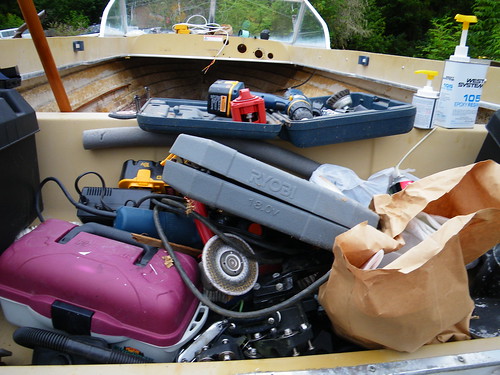
After I had the hull cleaned up, I wire brushed all the loose stuff off, swept up, scrubbed the floor with acetone, and then painted the floor with Kel-Kote textured floor coating. This stuff was thick and stinky and it took over a gallon to cover the floor.

It took a long time to decide where to mount the electronics and to route the new steering cable and yards and yards of expensive marine grade wiring. More than anything else, this project turned into a serious investment in semi-precious metals: stainless steel fasteners and copper wiring.
Luckily, I still had a nearly new ICOM VHF radio and a color Garmin chartplotter/GPS/depth sounder that I had bought for the older Bell Boy. All this stuff had been sitting in the shop on a shelf for years. I did buy a new antenna for the radio, and new seats and steering gear. I was able to use the batteries from the Valco as well as the gas tanks from the Boston Whaler. This boat has a 12 gallon tank built in, but I wanted to pull it out and clean and inspect it before using it. For now, I decided to run the boat off of three 6 gallon plastic tanks. All the pole holders and a fair number of fittings and even some wiring was also salvaged from the old Bell Boy.
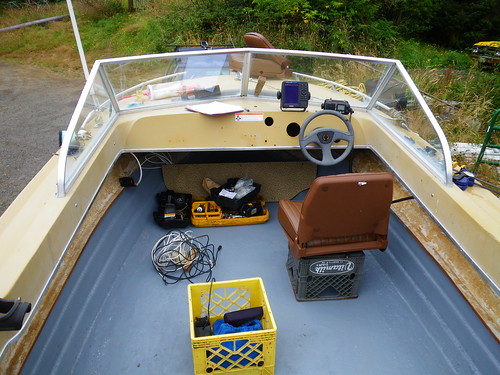
I cut out a piece of black locust to use as a mounting pad for the battery switch and grounding post, and epoxied it to the hull. I also ended up doing the same thing for mounting bilge pumps to the hull.
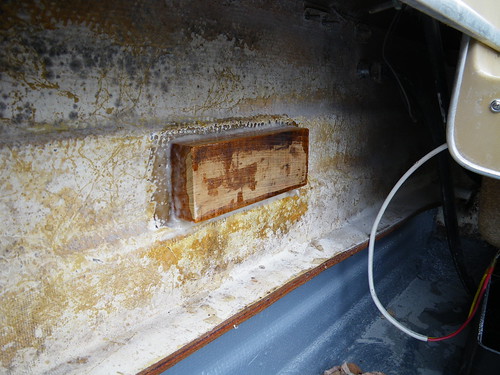
What to do about seats was another sticky problem. I ended up going with just two seats for now, since I rarely have more than one other person on board anyway. It left a lot of nice floor space which I’ve already been glad to have. I built a couple of quick plywood boxes to mount the seats on, and painted them with marine paint, which is still pretty smelly, over a month later.

Decisions about wiring and the associated connectors and wiring harness mounts took up an amazing number of hours, but in the end, I ended up with a pretty clean electrical setup all the way around. I did an awful lot of soldering…

Finally I was ready to mount the engines. This also took a lot more time than I expected, since I had to be very careful about where the kicker went, so that it would clear the transom well when steering. I ended up making a big spacer block/mount out of 2″ thick black locust for this. This is also the point where I realized that the transom near where previous kickers had been mounted had gotten some water inside. Eventually, this transom should probably get replaced, but I figure I should get at least three or four years of use before I need to undertake that project.
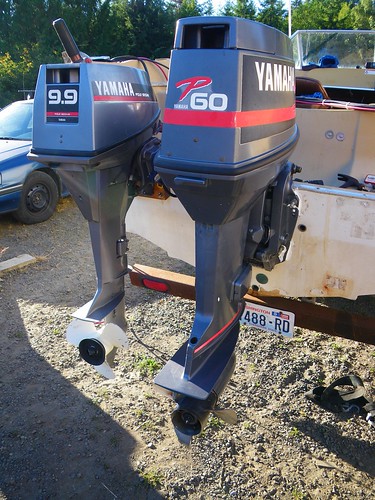
I finally got to put the boat in the water in late August, and everything worked as expected, on the first try!
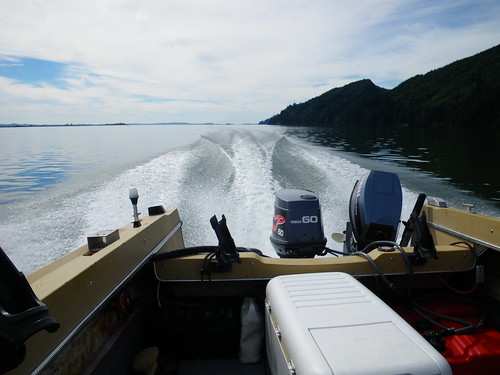
There are still some things to fine tune, that’s for sure. For one thing, this boat tends to point away from the wind, and if you have to get up and go to the stern to do something like fiddle with the trolling motor, it leecocks even faster than normal. So I need a separate remote control for the kicker. And I think I will mount a fuel tank in the bow, too, to help with weight distribution and trim. It’s also a bit of a trick to carry out anchoring procedures with a closed bow. I did finally figure out a pretty clean way to do this, but it took some practice. And the trailer that this boat came on is something of an abomination. It has coil springs, and it sways back and forth and bounces around a lot. Also, the previous owner shortened the tongue to get rid of a bent part, throwing off the tongue weight and balance. So whenever I tow it, I have to disconnect the gas tanks and move them and the cooler full of ice as far forward as possible to keep the trailer from acting weird. A new trailer is in order at some point.
Overall, though, I’m pretty pleased with what I got. It’s comfortable, deep and stable and having a windshield to hide behind from spray and wind is pretty nice!
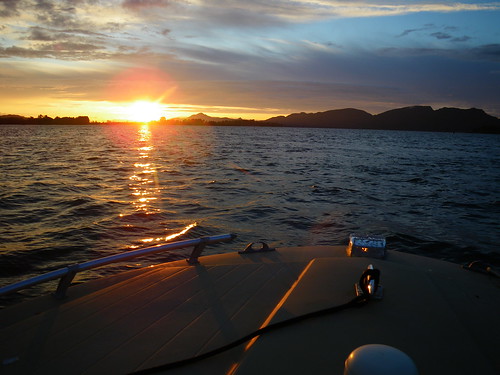

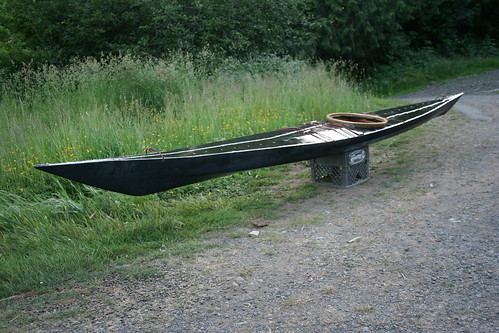
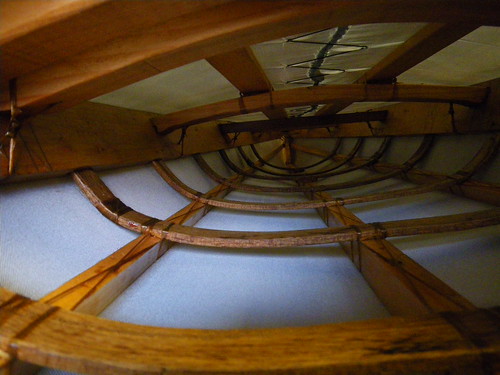
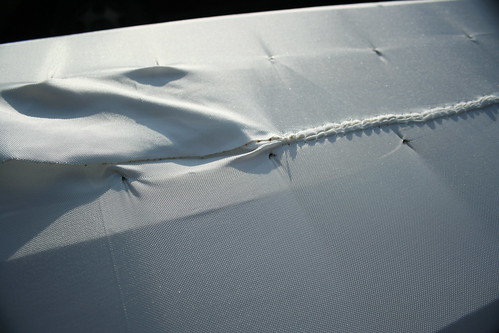
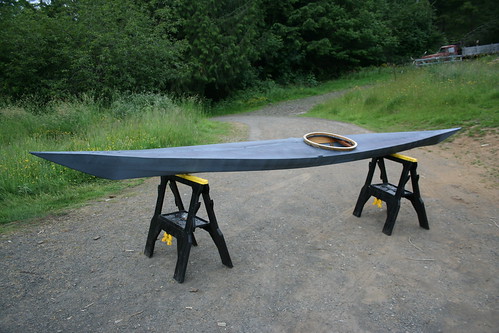

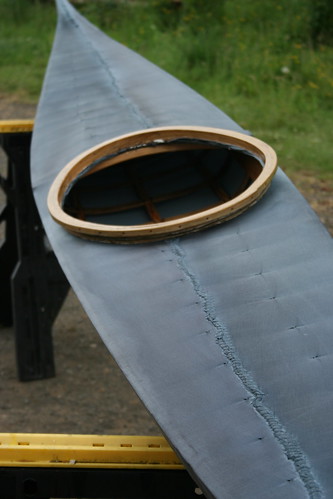
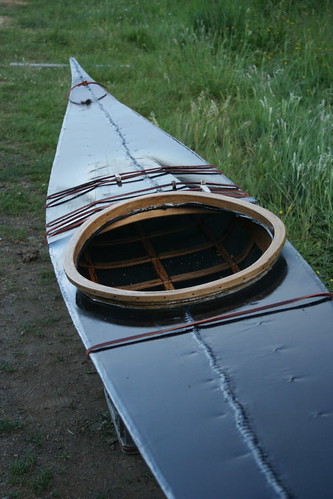
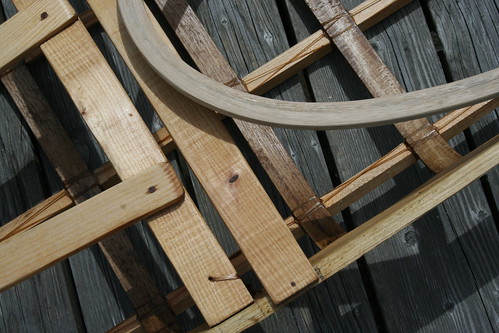
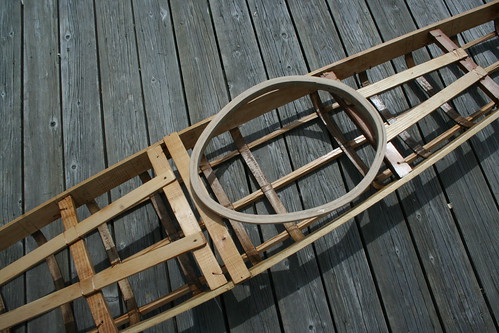
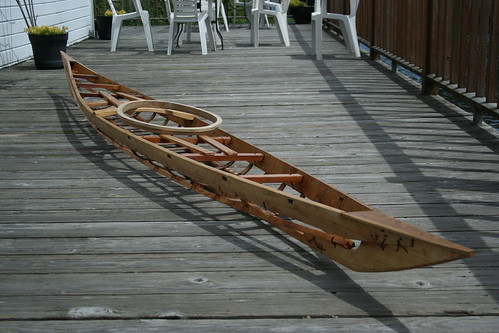
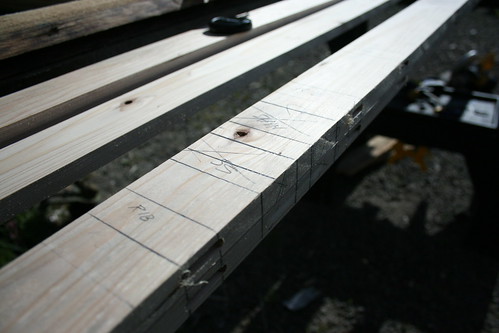
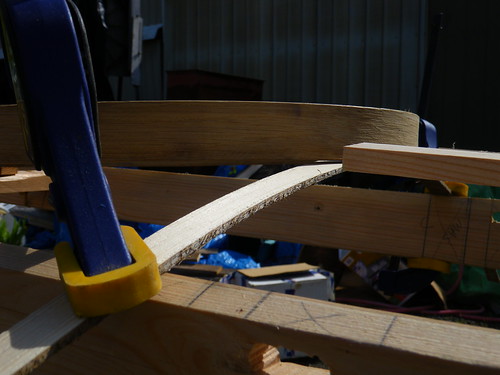
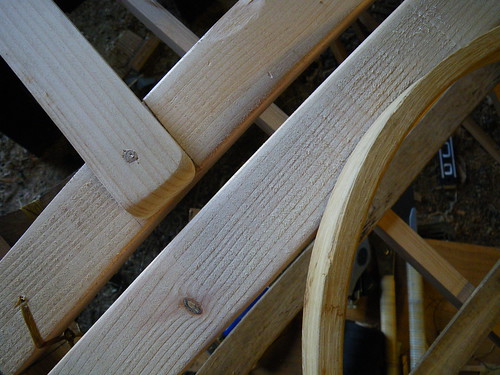
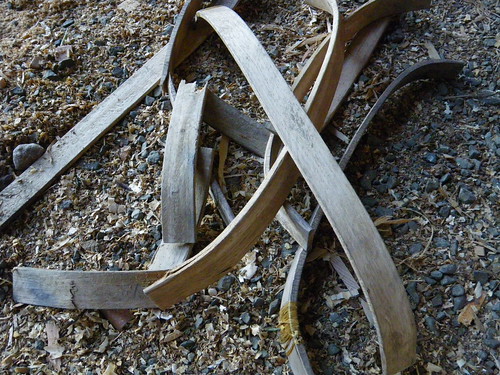

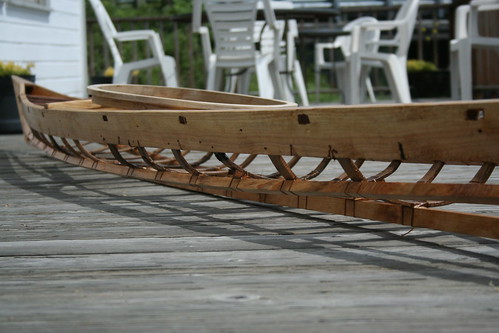
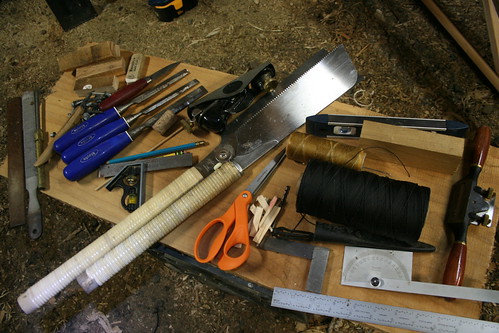

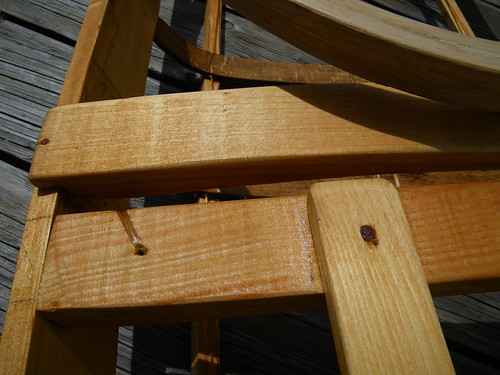

Recent Comments